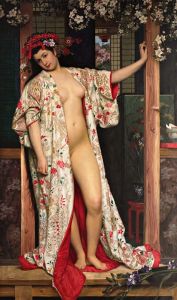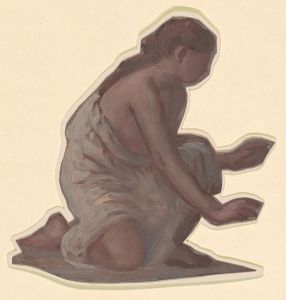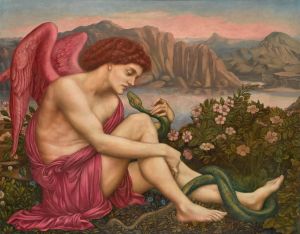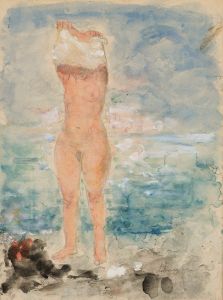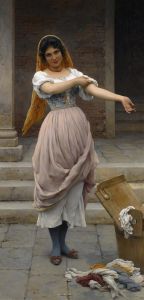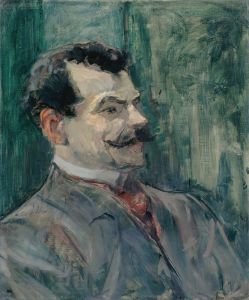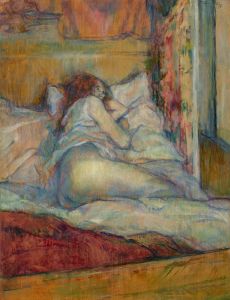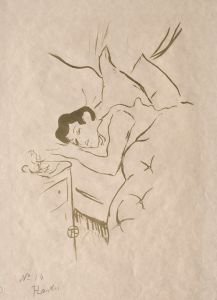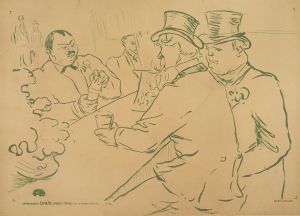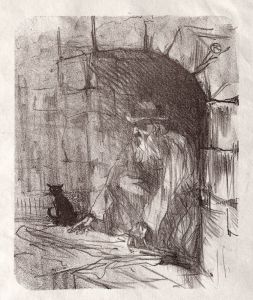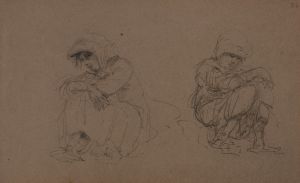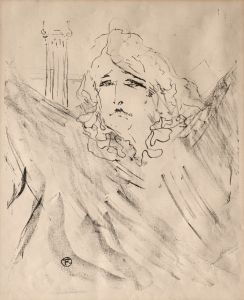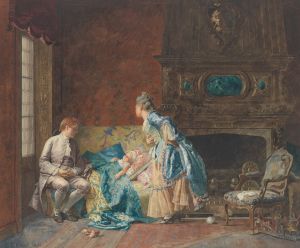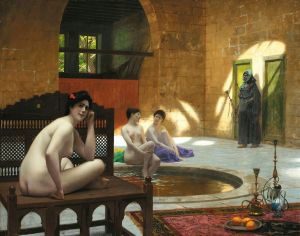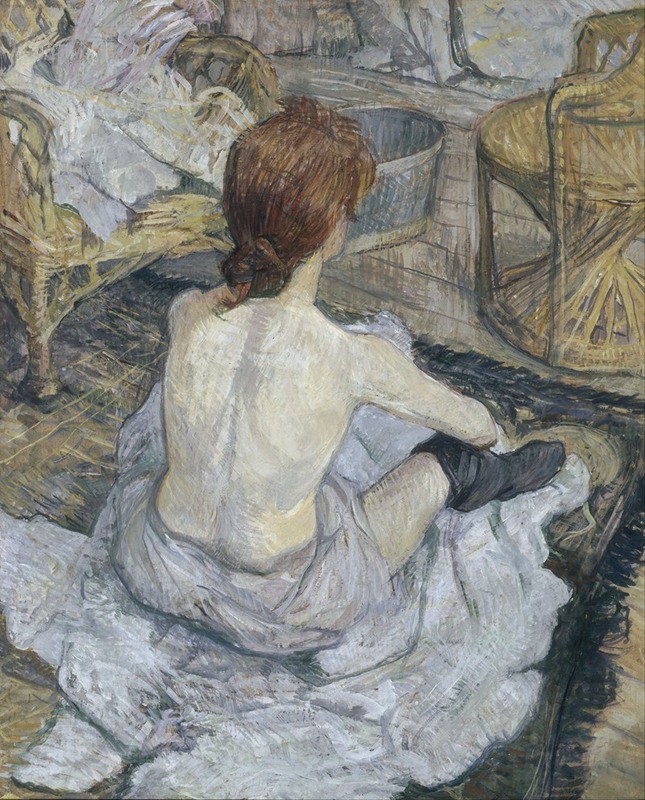
Rousse, dit aussi La Toilette
A hand-painted replica of Henri de Toulouse-Lautrec’s masterpiece Rousse, dit aussi La Toilette, meticulously crafted by professional artists to capture the true essence of the original. Each piece is created with museum-quality canvas and rare mineral pigments, carefully painted by experienced artists with delicate brushstrokes and rich, layered colors to perfectly recreate the texture of the original artwork. Unlike machine-printed reproductions, this hand-painted version brings the painting to life, infused with the artist’s emotions and skill in every stroke. Whether for personal collection or home decoration, it instantly elevates the artistic atmosphere of any space.
Henri de Toulouse-Lautrec, a prominent French painter and printmaker of the Post-Impressionist period, created numerous works that captured the vibrant and often intimate aspects of Parisian life in the late 19th century. Among his extensive body of work is the painting Rousse, dit aussi La Toilette (translated as Redhead, also called The Toilette), which exemplifies his focus on the human figure and his ability to depict candid, everyday moments with sensitivity and detail.
Rousse, dit aussi La Toilette was painted in 1889 and is part of Toulouse-Lautrec's exploration of the female form in private, unguarded moments. The painting portrays a red-haired woman seated on the floor, partially nude, with her back turned to the viewer. The composition emphasizes the curves of her body and the naturalistic posture, creating a sense of intimacy and immediacy. The setting is sparse, with minimal background details, drawing attention to the subject herself. The subdued color palette, dominated by earthy tones, enhances the quiet and introspective mood of the scene.
This work is notable for its connection to the theme of la toilette, a recurring subject in 19th-century art that depicts women engaged in personal grooming or moments of solitude. Toulouse-Lautrec approached this theme with a distinctive perspective, focusing on the naturalism and individuality of his subjects rather than idealizing them. His portrayal of the red-haired woman in Rousse, dit aussi La Toilette reflects his interest in capturing the unvarnished reality of his models, often women from working-class backgrounds or those associated with the bohemian circles of Montmartre.
The painting is also significant for its stylistic elements, which demonstrate Toulouse-Lautrec's mastery of line and form. His use of loose, fluid brushstrokes and his ability to convey texture and movement contribute to the lifelike quality of the work. The influence of Japanese ukiyo-e prints, which Toulouse-Lautrec admired, can be seen in the composition's simplicity and the emphasis on contour lines.
Today, Rousse, dit aussi La Toilette is housed in the Musée d'Orsay in Paris, France, where it is part of the museum's extensive collection of 19th-century art. The painting is celebrated as an example of Toulouse-Lautrec's innovative approach to portraiture and his ability to capture the essence of his subjects with empathy and artistic skill.





